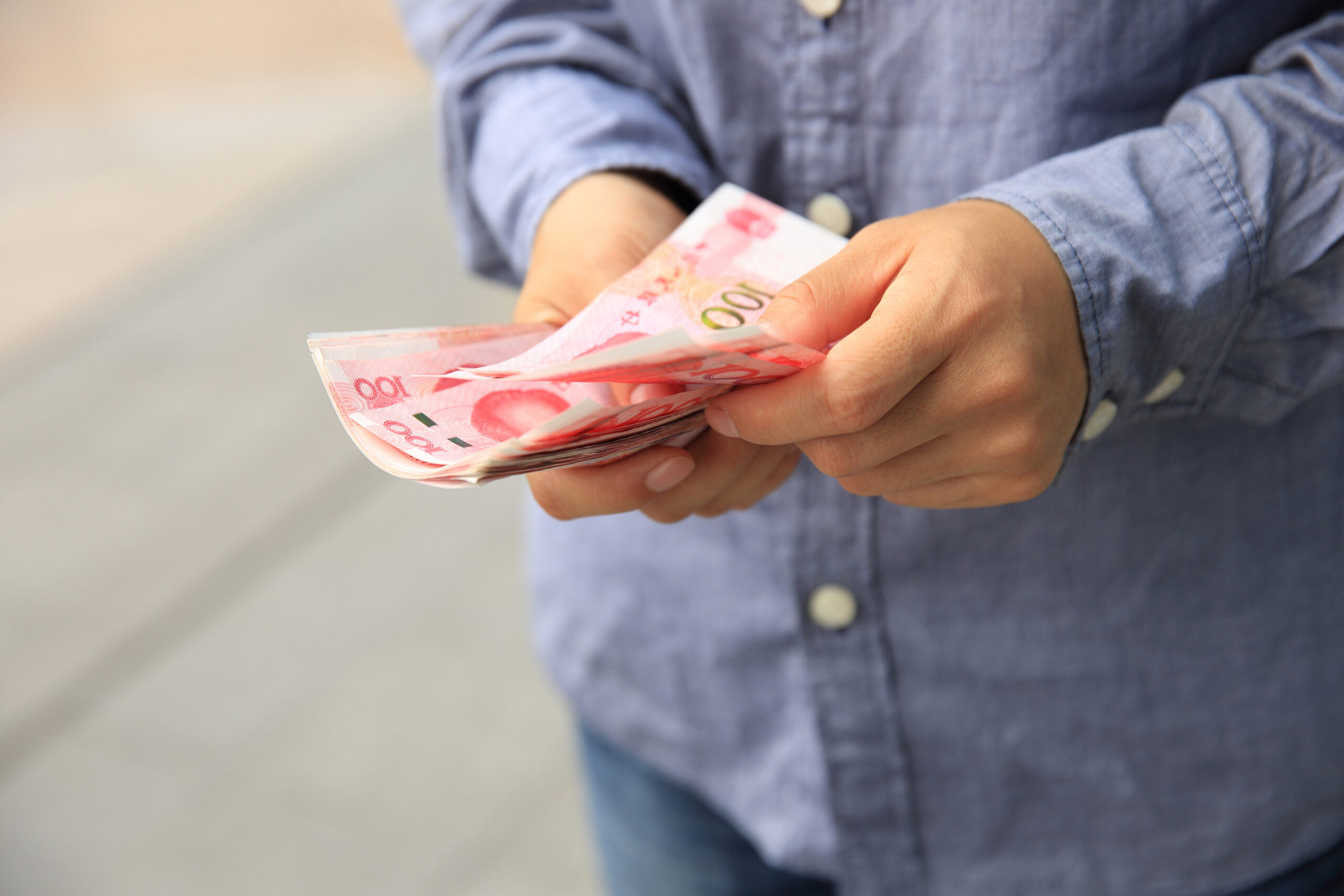China announced a sweeping $1.4 trillion package on Friday aimed at addressing the pressing issue of local government debt, with further economic measures expected next year.
Minister of Finance Lan Fo’an revealed that the government plans to use available deficit space to support these efforts, a strategy he previously described as having significant potential back in October.
According to CNBC’s translation, Lan’s remarks came after a five-day session of the National People’s Congress Standing Committee, where a proposal to raise the debt limit for local governments by an additional 6 trillion yuan was approved.
This five-year initiative will see an annual allocation of approximately 2 trillion yuan through 2026.
Lan also detailed a new issuance of local government special bonds, with 800 billion yuan to be issued each year over the next five years, totaling 4 trillion yuan.
This measure is expected to significantly reduce hidden local government debt, projected to drop from 14.3 trillion yuan at the end of 2023 to 2.3 trillion yuan by 2028.
Lan noted that these efforts will relieve financial pressure on local authorities, freeing up resources to bolster economic growth.
Despite this substantial package, investor response was mixed.
The iShares China Large-Cap ETF (FXI) saw a nearly 5% decline in premarket trading, as many investors had hoped for more direct fiscal stimulus.
“I don’t see anything that exceeds expectations,” Huang Xuefeng, research director at Shanghai Anfang Private Fund Co., in Shanghai was quoted as saying by Reuters. “It’s not huge if you look at the fiscal shortfalls.”
“The money is used to replace hidden debts, which means it doesn’t create new workflows, so the support to growth is not that direct.”
China’s stimulus efforts since late September
China’s leadership has been ramping up stimulus efforts since late September, triggering a stock market rally.
President Xi Jinping called for stronger fiscal and monetary support during a meeting on September 26, aimed at halting the real estate market slump.
The People’s Bank of China has already implemented interest rate cuts, but larger government debt and spending initiatives require parliamentary consent.
Last October, the country increased its deficit limit to 3.8% from 3%, according to state media, although this year’s meeting did not announce a similar adjustment.
Analysts expect fiscal support may ramp up further, especially as the US adjusts its trade policy under President-elect Donald Trump, who has previously threatened increased tariffs on Chinese goods.
China’s ‘hidden’ debt
The local debt burden has been exacerbated by a real estate slump, which has significantly reduced local government revenues.
Additionally, pandemic-related expenditures have further strained budgets.
A report from the International Monetary Fund highlighted that local government debt had reached 22% of GDP by the end of 2019, surpassing revenue growth rates.
Nomura estimates that China’s hidden local government debt could range from 50 trillion to 60 trillion yuan ($7 trillion to $8.4 trillion), with potential debt issuance increases of 10 trillion yuan over the coming years that could save local authorities up to 300 billion yuan annually in interest payments.
The post What is China’s ‘hidden’ debt? Beijing unveils $1.4 trillion plan to ease local government financing strains appeared first on Invezz

